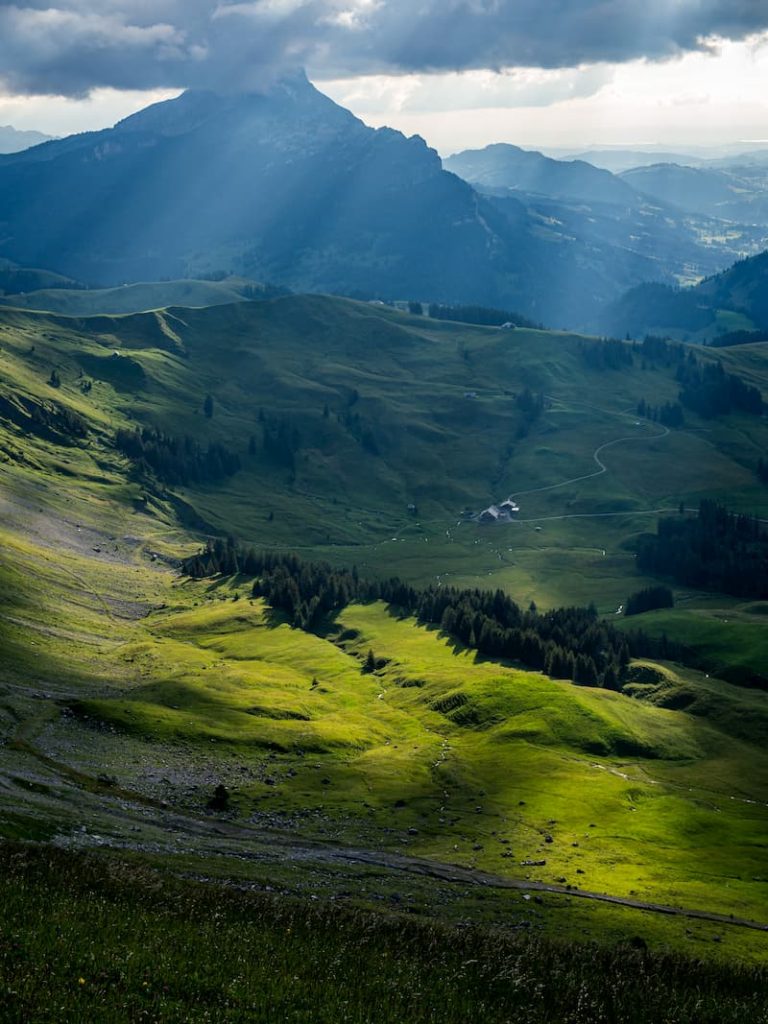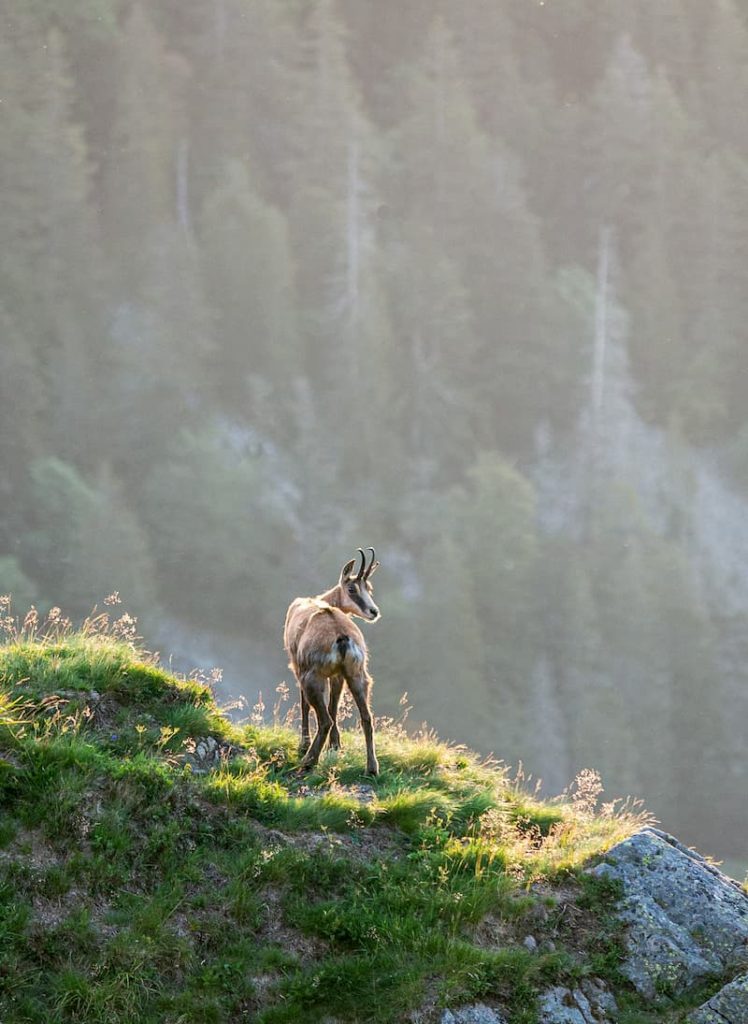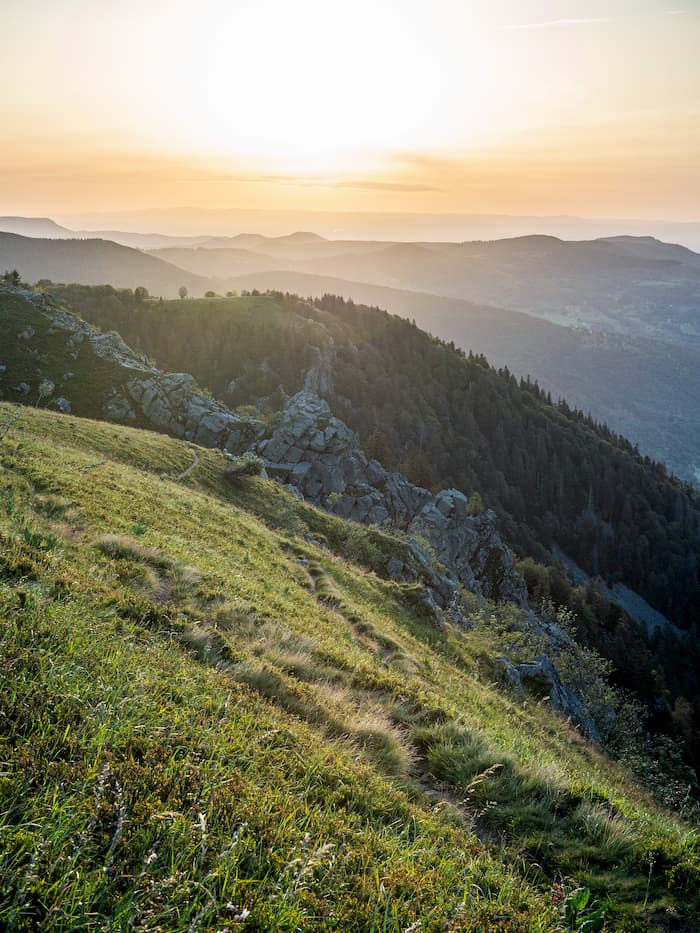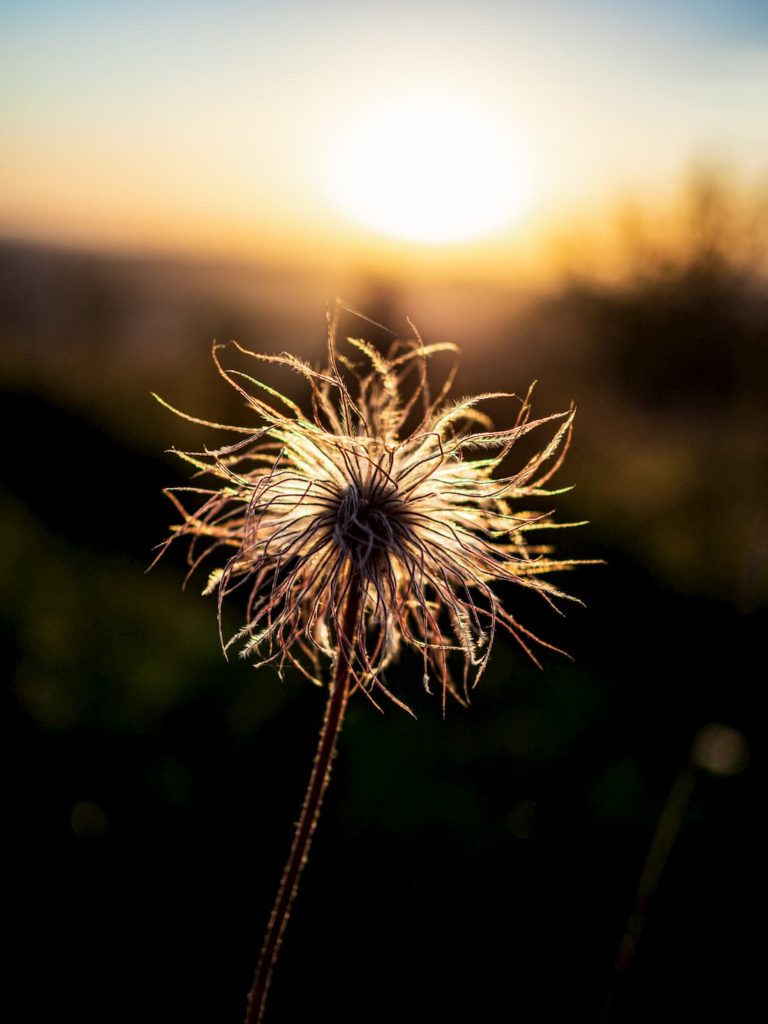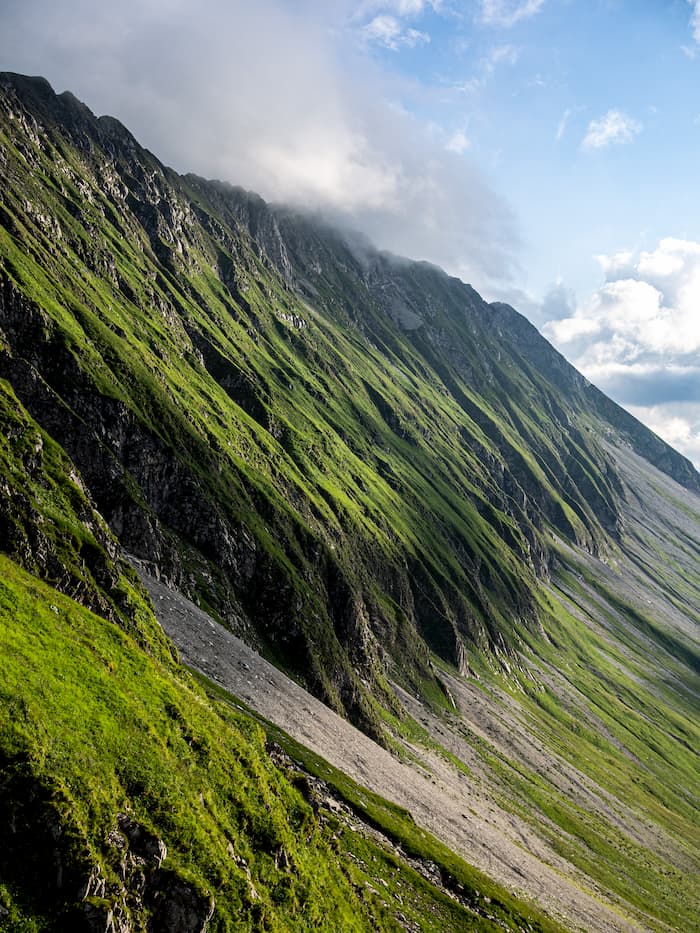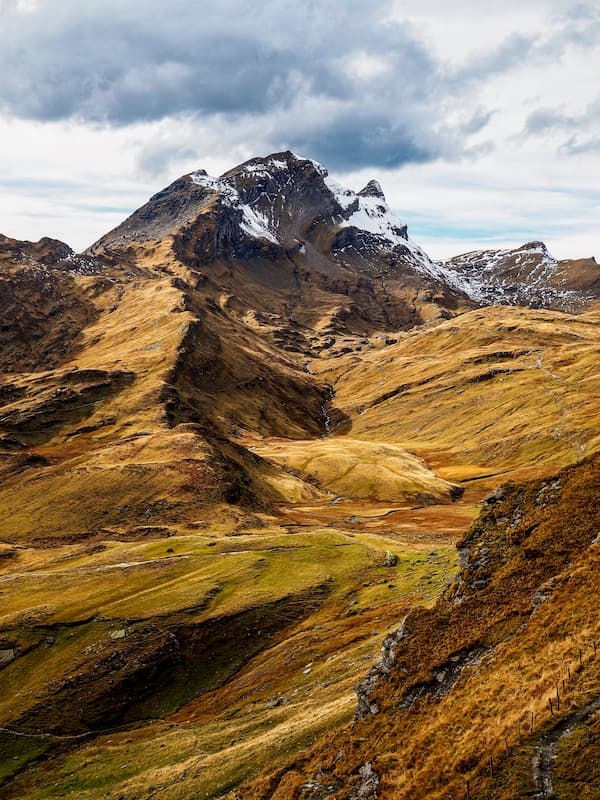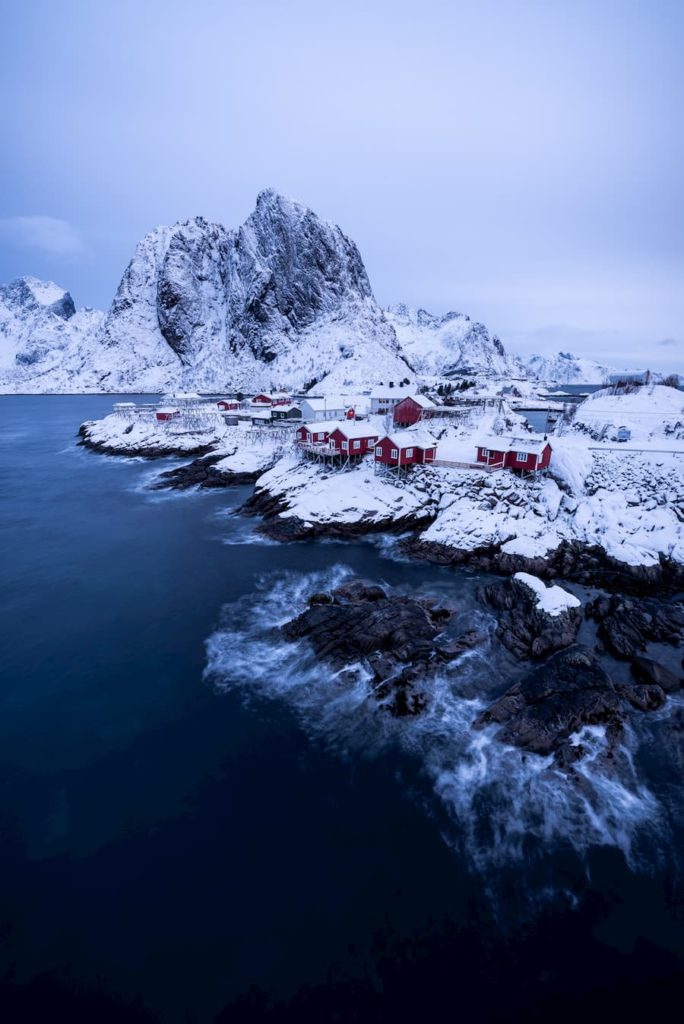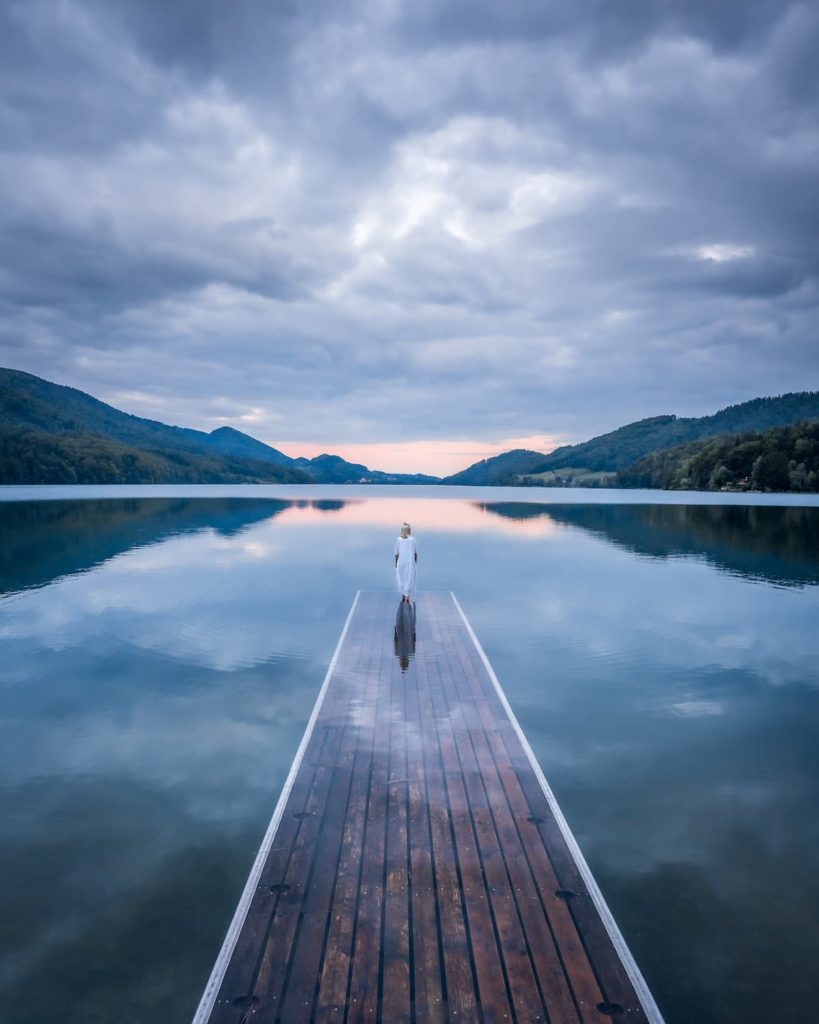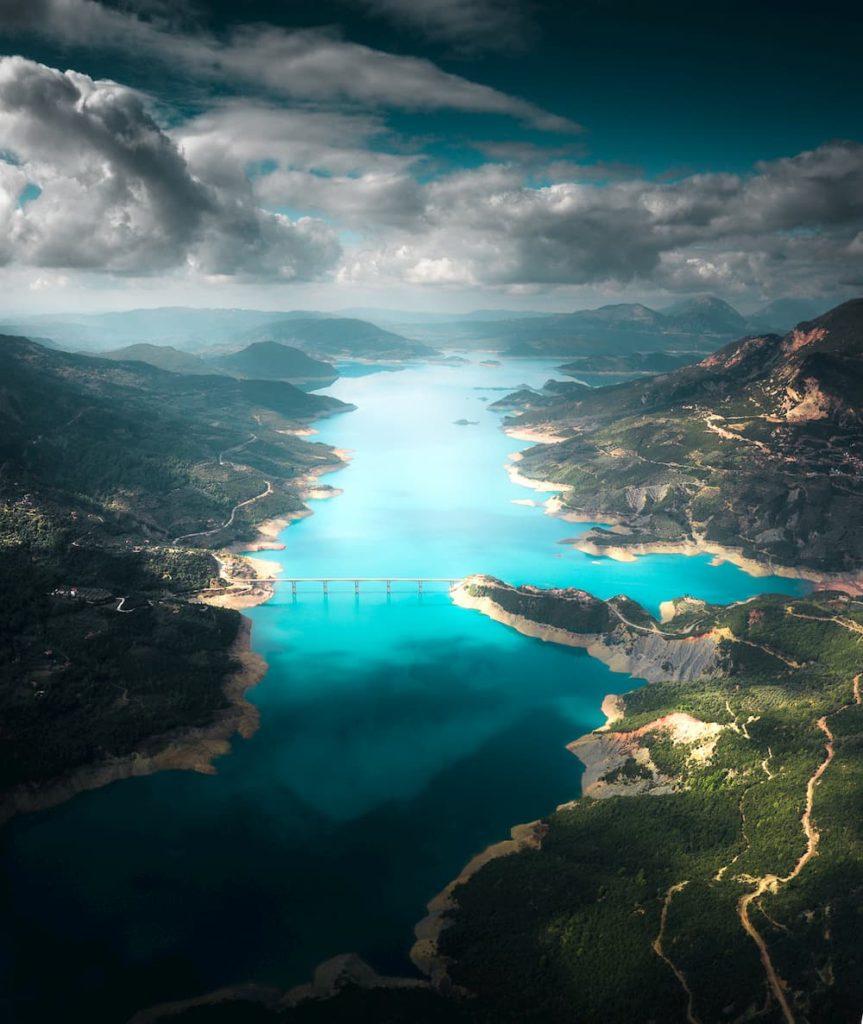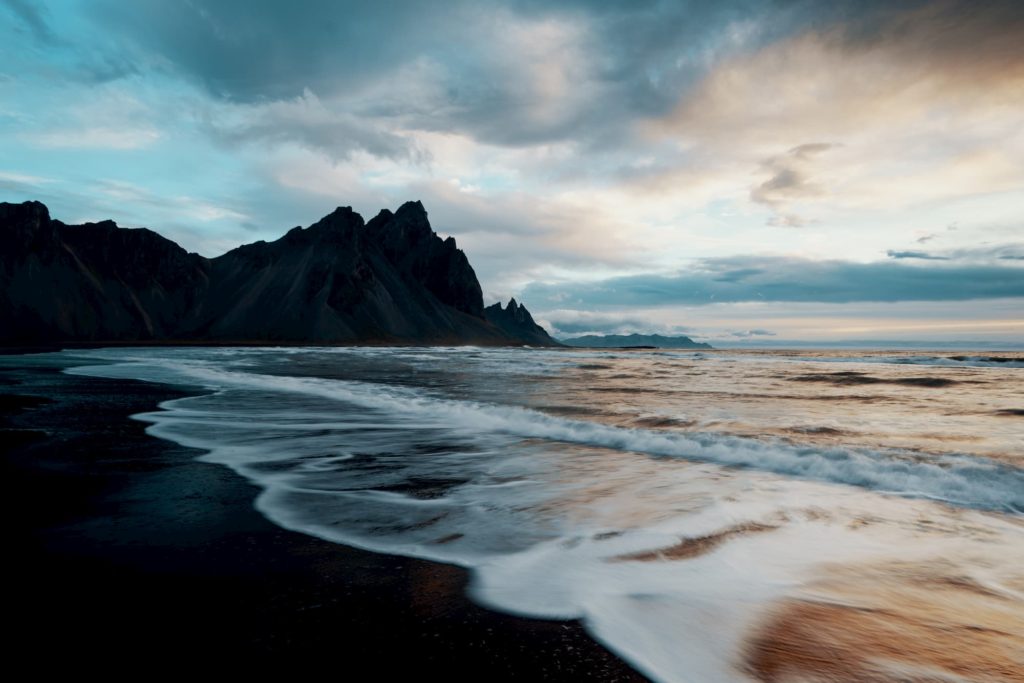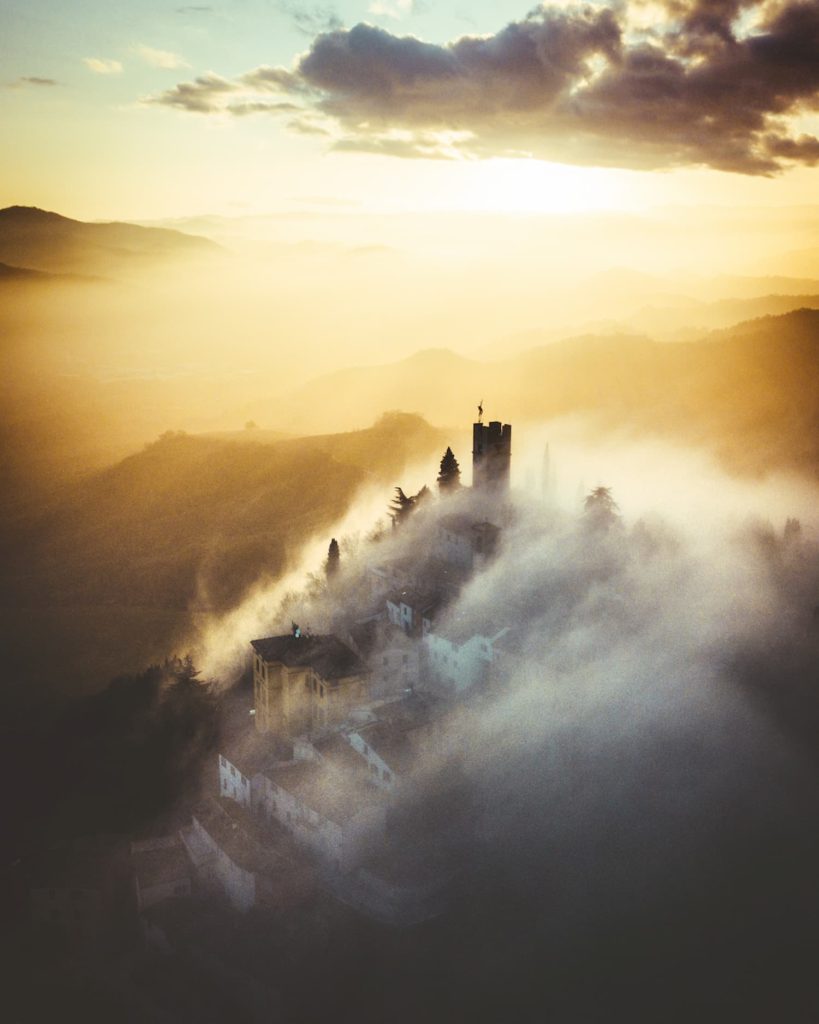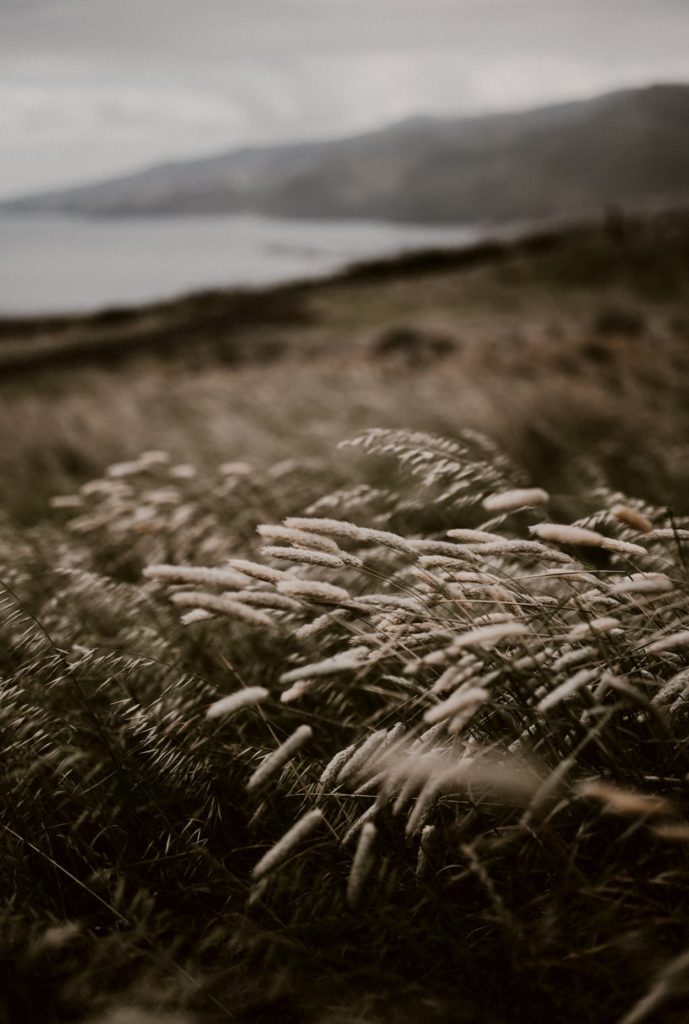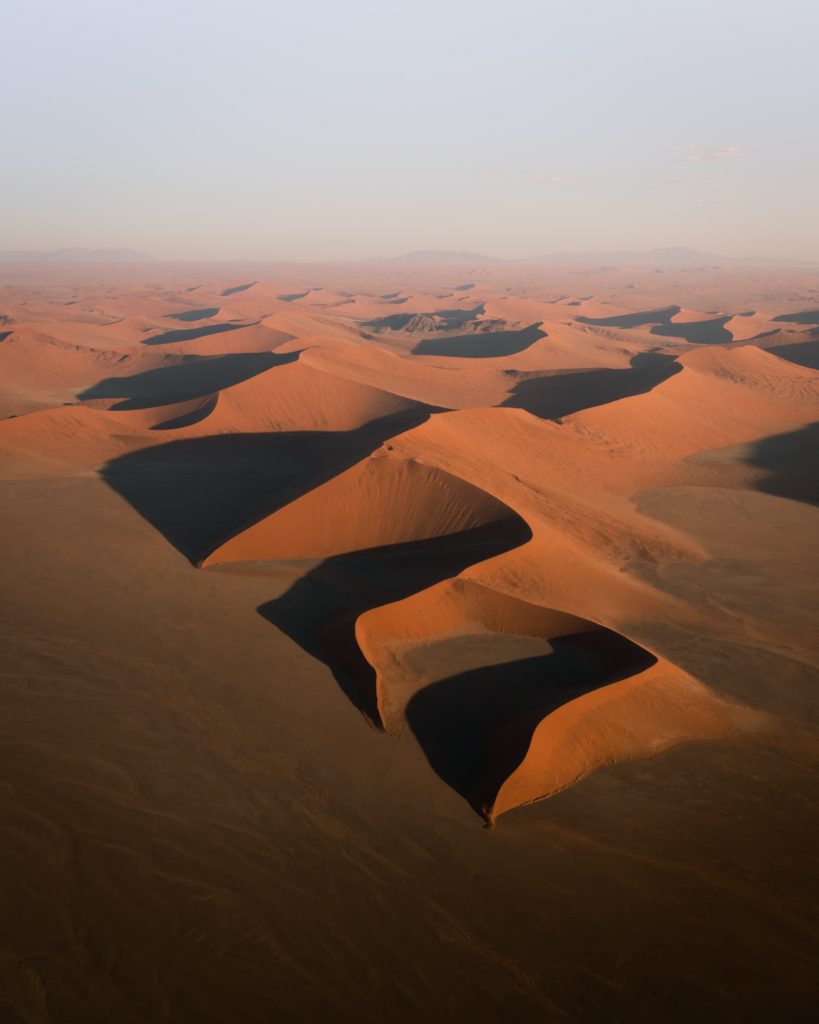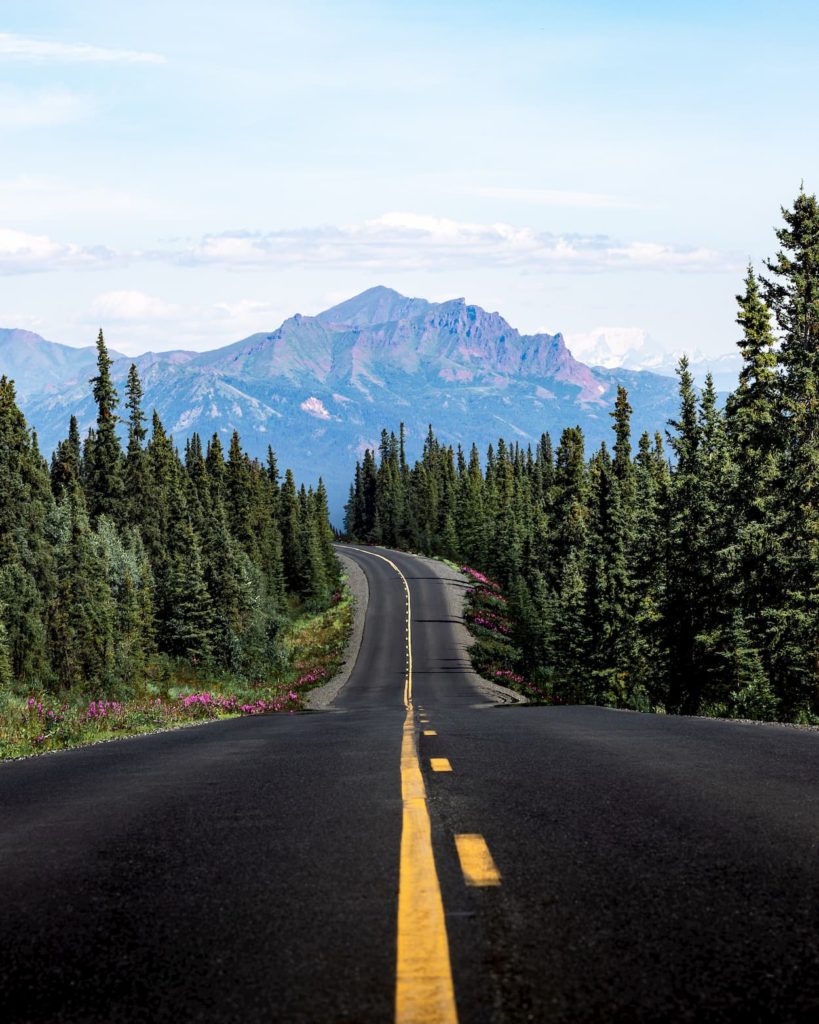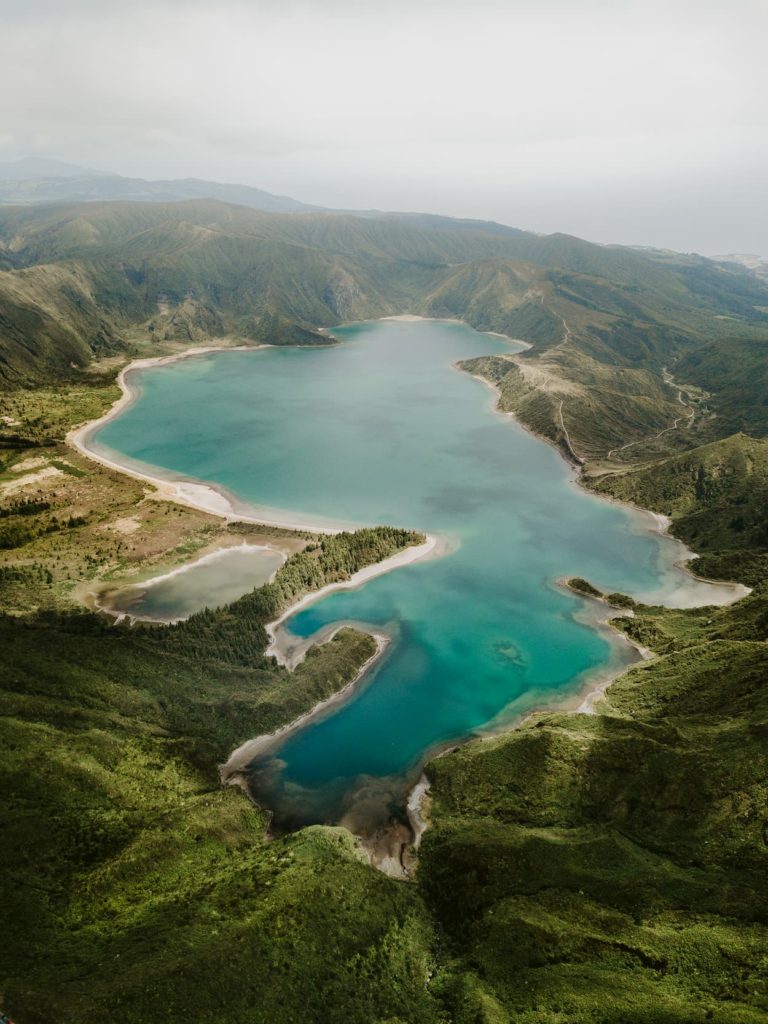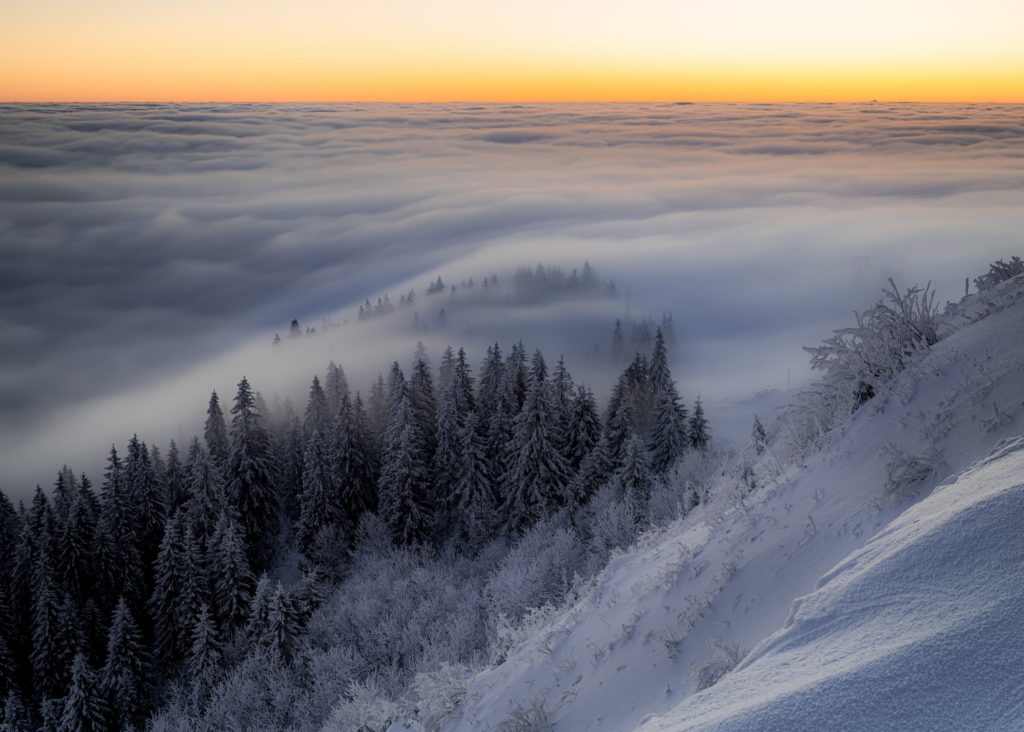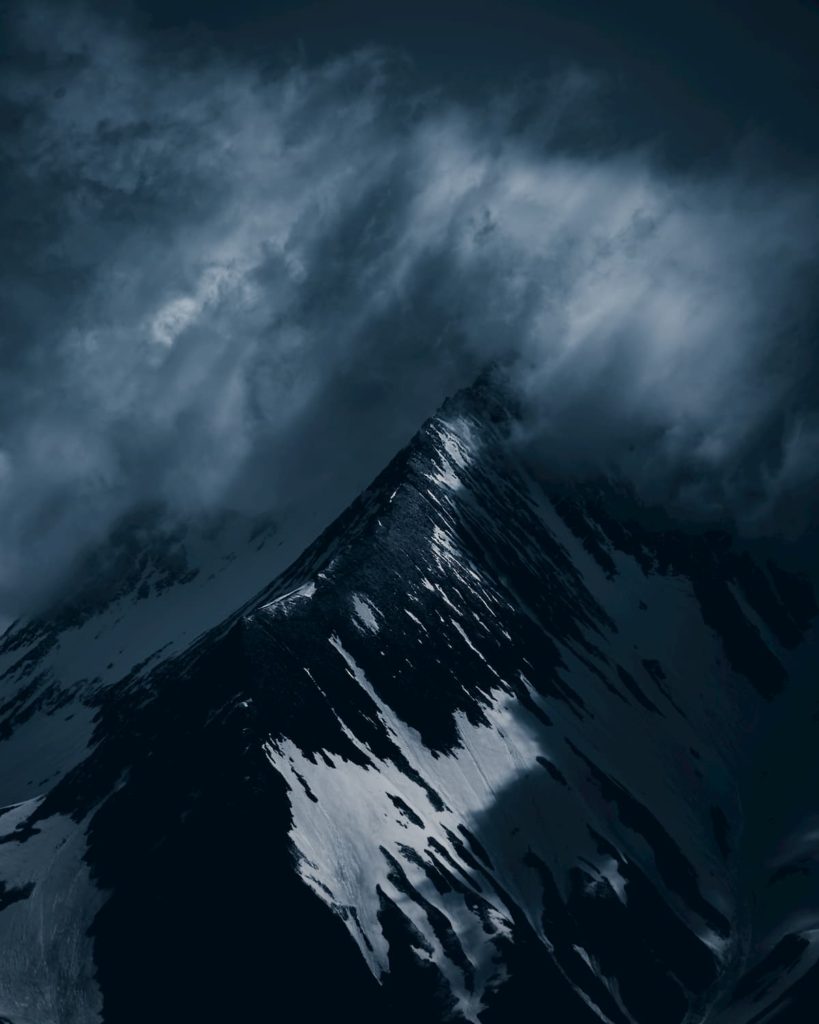
Florence Schwarz
@fl0renc
Landscape photographer based in France
I come from the East of France, living just a few steps from the Vosges, within a region bordering Germany (Black Forest) and Switzerland. I cannot describe it better than that it’s an amazingly rich area for nature lovers. Besides longer travels, I tend to favor short getaways and weekends in the countryside, in search of the great outdoors. Going out for just one day allows me to break the daily routine, recharge my batteries and come back with a feeling as if I were on holidays.
Already really young I went hiking with my grandparents, who took me regularly to the Vosges and the ruins of different castles. As a teenager/adolescent I spent my summers as an animator in the Alps, where hiking was obviously on the program. Yet, I had other hobbies and passions too and as time passed by I finished my studies and started working in a city, leaving the frequent outdoor adventures a little aside. After almost 10 years of city life the desire for open spaces and nature came back, stronger than ever. In one, two or maybe four hours away, a diversity of wonderful landscapes could be found, so why didn’t I visit them?
"Of course the world is huge and traveling further away is enriching and surprising, but what if we took the time again to appreciate what is available in my near surroundings?"
This passion naturally combined with another old friend, photography, where I started quite young as well. First with disposable cameras of which the majority of the developed shots weren’t usable, and later with mobile phones. The quality was definitely limited but the result can be surprising. After all, it’s not the gear that makes a good photographer, right?! So it was only recently that I began investing in a real camera and other gear. I shot mainly macro plants and insects and more urban photos (botanical gardens and street art), and then moved to landscape too. Combining these two passions means that I now orient my hikes more towards a place offering an interesting point of view, a summit, a lake, ridges, etc. and it also makes me more observant during my walks to look for small details that sometimes seem insignificant to the naked eye: a ray of sunshine, mist, a reflection…
"It's a game, a never-ending treasure hunt. Beauty is where we want to see it."
In the beginning I was taking the pictures for myself, after which I started to share them to let others discover a place or just to share natural beauty. I got lots of feedback from people in my region who had gotten the urge and motivation to go outside to discover what was beyond their urban periphery and to explore when they saw my pictures. I find it rather rewarding, you feel like you are nature’s community manager. But it also presents some risks these days, too much enthusiasm for fragile places would be dangerous for the ecosystem and the environment.
Although I already loved hiking and adventure, photography made me go out in bad weather and put in that extra effort I wouldn’t have put otherwise to get to hard to reach locations. I take more pleasure in photographing a place where I had to make a physical effort to access it and where only people who provide the same will have the chance to see it as well. Editing the photos and sharing them afterward helps relive the moment and make that sense of escape last longer.
Nowadays I mainly shoot landscapes, but I still practice close-ups and macro shots to bring out details that you can’t see with the naked eye at first glance. Recently I have also started to capture animals, starting with the ones that are not too shy, but it still seems like a challenge. It is a matter of a second if you get the shot or not, because you can’t predict the movements of the animal at all. It’s also very exciting; for a moment it’s only the animal and you, you stop breathing, hear your heart beating, you have to focus on the photo but also on the animal while you don’t want to disturb or frighten it, and then sometimes your eyes meet the eyes of the animal – that’s just magical.
Over the past few years photography has really taken on a bigger place in my life, I don’t think there is a single day that I don’t practice it, whether it’s photographing, post-processing or sharing content. Sometimes I find myself thinking of a photo I could’ve taken on a day when I didn’t have my camera with me, and come back a few days later so I can take it. I work in an office job where creativity doesn’t really have a place, and I feel more and more the need to express it alongside. I never liked routine and photography allows you to constantly learn and test new things. No two photos will ever be the same even if they are from the same place.
What I also find powerful in photography is that as much as we want to transmit an atmosphere or an emotion, everyone is free to see in the photo whatever they want to see, feel however the photo makes them feel and to interpret it in their way. My photos appear poetic for some and deep for others. Some may be touched, others may be indifferent. I recently lost a loved one, and my latest sets often show a beam of light.
"Although I am neither a believer nor a spiritual person, I cannot help but feel that this is a sign of his presence."
What we understand, whether it are words or visuals, depends on thoughts, unconscious assumptions, and emotions we have. It is all relative and subjective – any photo, and word, any poem is placed in one’s personal context. An artist can create anything with a specific meaning, and how another understands the art can be completely different. That is why, if you really want to get to know the artist, or just someone, it’s much more interesting to ask “What do you understand when looking at this/hearing this?” That’s where a meaningful conversation can start.
Would you like content like this sent to your inbox?
MUST READ STORIES OF JULY
MUST READ STORIES OF JUNE
MUST READ STORIES OF MAY
NOMADICT
ART GALLERY
THE LATEST STORIES
WRITEN WITH PASSION TO INSPIRE YOU

Miroslav Maršík (@miromarsik): Photographer based in Czech Republic
In this article, Miro shares how his love for cinematic music evolved into a deep passion for photography and how he uses light, color, and atmosphere to turn the streets of Prague into living film scenes.

Aurora photography panorama workflow: A guide to camera settings, editing, and color
In this article, Stefanie reveals how her background in physics sparked her passion for astrophotography and how she blends science with creativity to capture the beauty of the night sky. Readers will discover her approach to color, contrast, and editing, as well as her aurora photography workflow.

Yhabril (@yhabril): Best of the Week 33 at #nomadict
Spanish photographer Yhabril captures the profound connection between humans and the mountains that shaped him. Growing up in the Pyrenees, his work bridges outdoor sports, landscapes, and celestial scenes — often blending athletes, moonlight, and wilderness into striking visual stories.

Ariane Totzke (@besondersschwierig): Photographer based in Switzerland
In this article, Ariane shares how photography helped her navigate personal challenges, connect authentically with people and animals, and develop a philosophy rooted in empathy and artistic freedom. Readers will also discover her ethical approach to wildlife photography and her trusted equipment for both camouflage techniques and cameras.

How to photograph Dutch tulip fields: A guide to light, gear, composition, and colors
Discover how to photograph Dutch tulip fields in their most magical light. From choosing the right gear and lenses to mastering composition, color, and aerial perspectives, this guide shares creative techniques to capture the beauty of the Netherlands’ tulips. Learn how light, color grading, and proportion bring emotion into every frame.
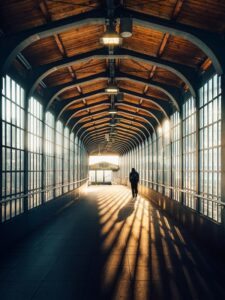
Cinematic city photography: An essential 6-step workflow
In this article, you’ll learn how to read and use light in your home city, choose the right technical settings for low-light scenes, and refine your editing workflow to shape color and atmosphere step by step. In addition, Dominik shares how to find fresh perspectives on familiar locations, five lessons that transformed his photography, and insights on the future of street photography.

Kyle van Bavel (@kylevanbavel): Photographer based in the Netherlands
Kyle van Bavel is a macro photographer with a distinctive, dreamy style that transforms the unseen details of nature into magical worlds. In this article, he shares how his unique vision, shaped by a journey of self-learning and overcoming dyslexia, has become his greatest creative strength.

Inês Preto (@minespreto): Best of the week 20 at #nomadict 2025
Inês is a nature photographer drawn to wild, remote places where weather, wildlife, and mood shape her storytelling. In this article, she shares the behind-the-scenes journey of capturing the Best of the Week image: a puffin trio on the Faroe Islands. She explains how she approached the edit of this image, and shares key lessons she’s learned through experience.



